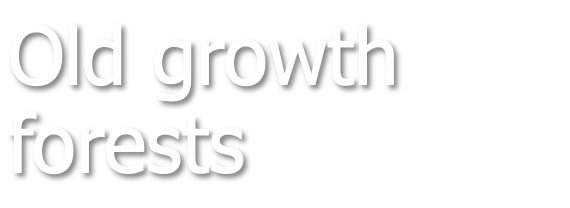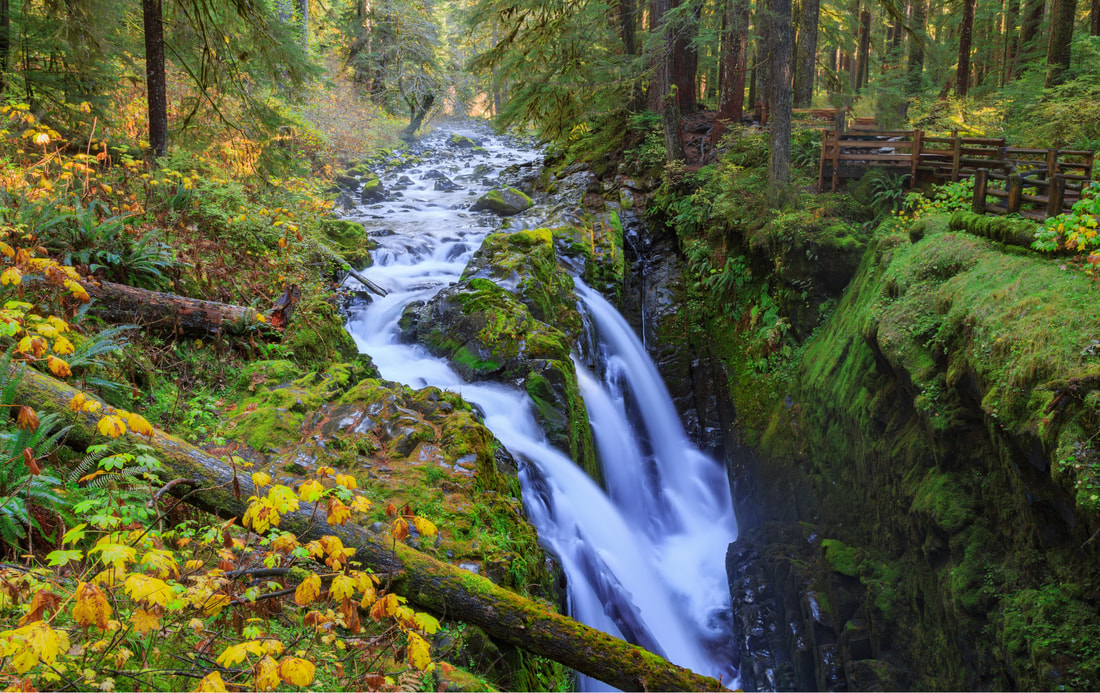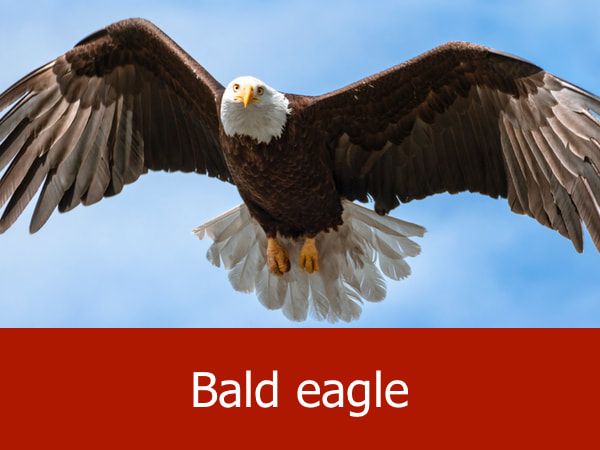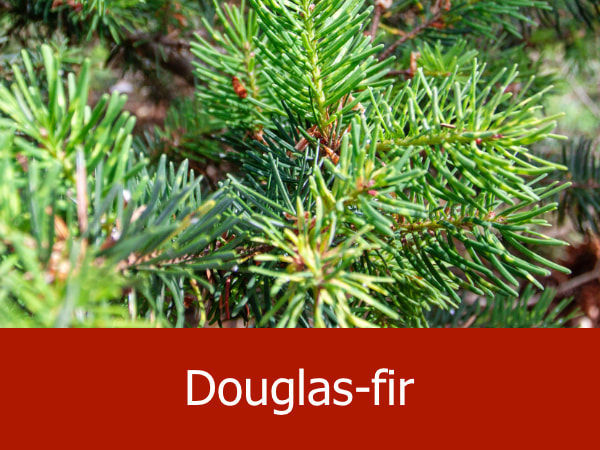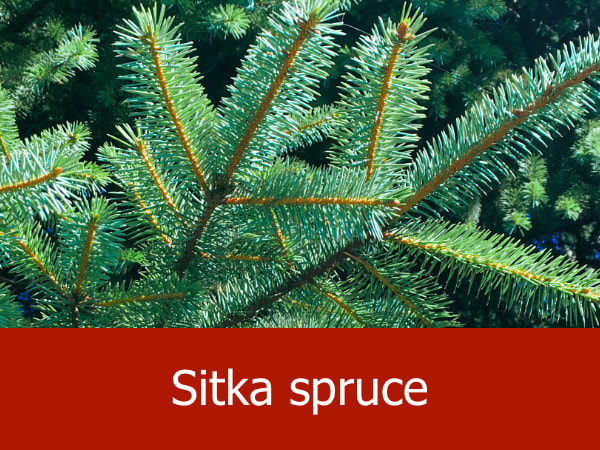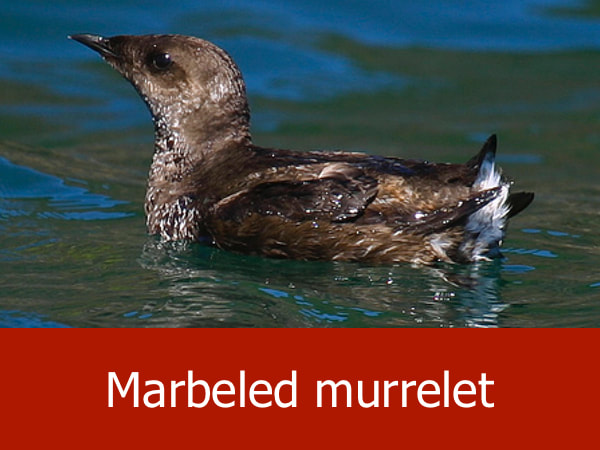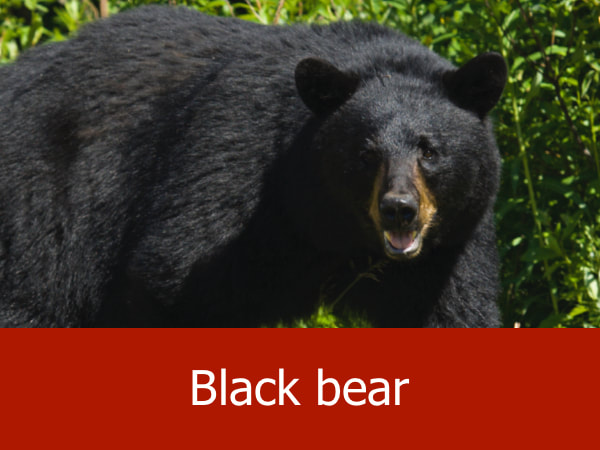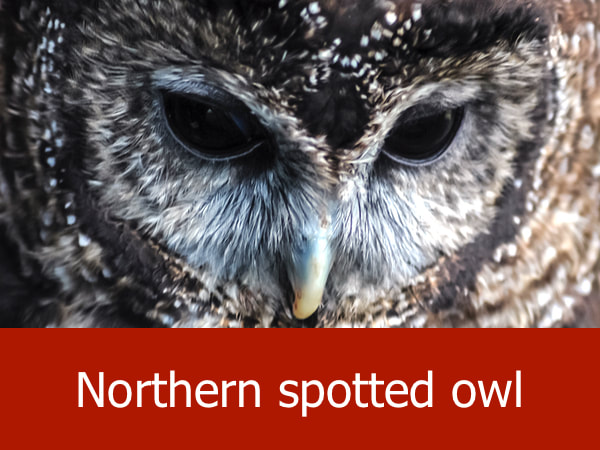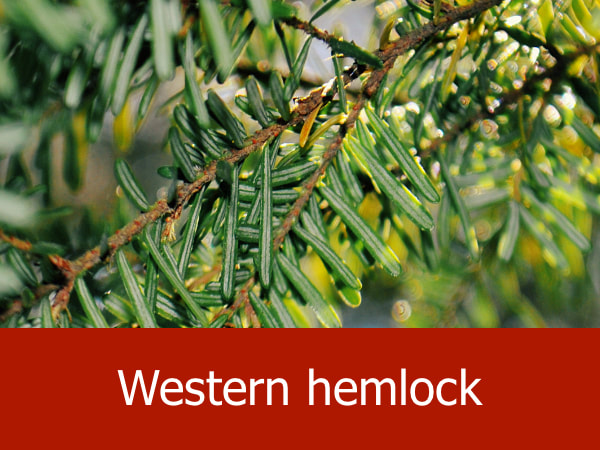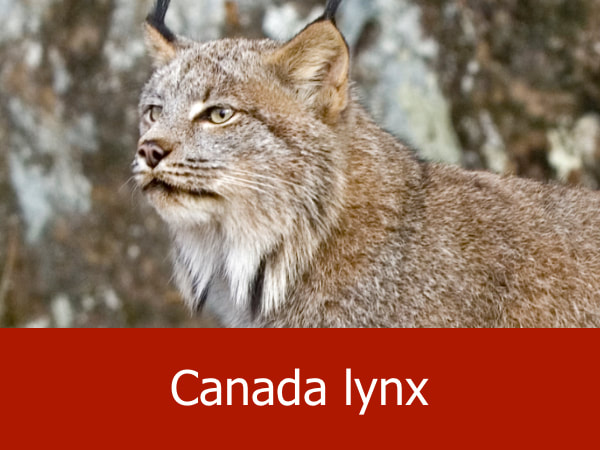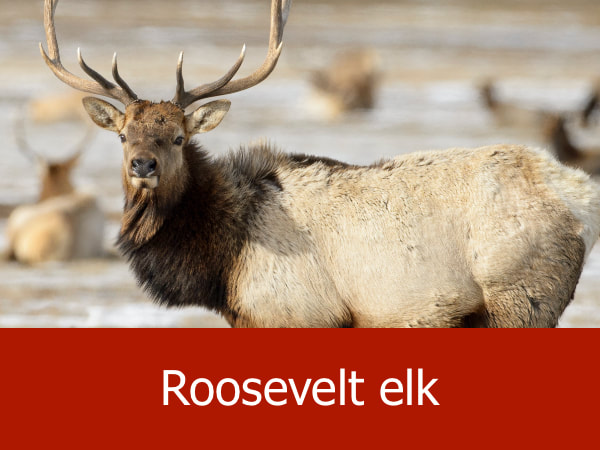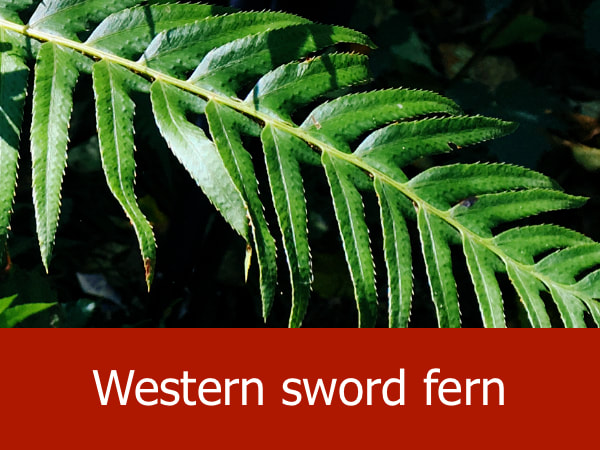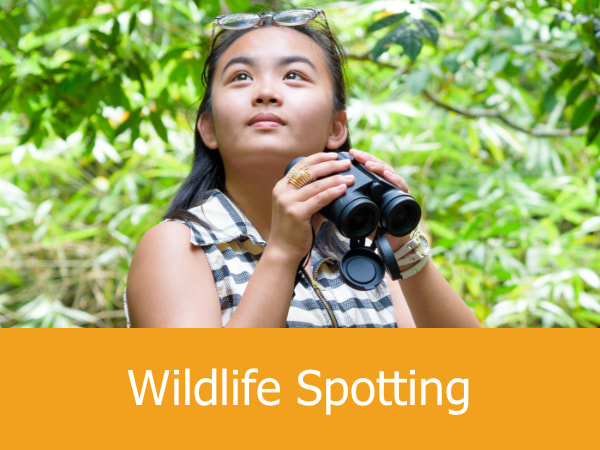ECOSYSTEMS > INLAND OREGON > FORESTS
The term “old growth” can mean different things to different people. The term was coined by loggers to describe areas where large, and from their perspective highly-valuable, trees grew in thick communities.
For conservationists, the term may describe a forest which has been growing for hundreds, even thousands of years without substantial human influence. They may see these forests as worthy of protection due to both their rarity and unique biotic communities.
Scientists may provide a much broader definition, explaining that some old growth forests have been heavily disturbed by natural catastrophes which seem to have resulted in greater biological diversity. Biologists may also define these areas by the highly efficient way in which they create and recycle nutrients and energy, with living organisms benefiting directly from the heavy layer of decomposing debris on the forest floor.
More recently, the term has became a political one as controversy over how to use and preserve these forests has grown, frequently pitting those who see old growth as an economic resource against those who wished to protect its unique natural state.
The term “old growth” can mean different things to different people. The term was coined by loggers to describe areas where large, and from their perspective highly-valuable, trees grew in thick communities.
For conservationists, the term may describe a forest which has been growing for hundreds, even thousands of years without substantial human influence. They may see these forests as worthy of protection due to both their rarity and unique biotic communities.
Scientists may provide a much broader definition, explaining that some old growth forests have been heavily disturbed by natural catastrophes which seem to have resulted in greater biological diversity. Biologists may also define these areas by the highly efficient way in which they create and recycle nutrients and energy, with living organisms benefiting directly from the heavy layer of decomposing debris on the forest floor.
More recently, the term has became a political one as controversy over how to use and preserve these forests has grown, frequently pitting those who see old growth as an economic resource against those who wished to protect its unique natural state.
There’s still no commonly-accepted definition for an old growth forest. But for our purposes, we’ll define it as a forest dominated by very large, very old trees with heavy woody debris on the forest floor and unique communities of organisms with an efficient energy exchange system.
In Oregon, coastal old growth forests are dominated by Sitka spruce and western hemlock trees. In inland areas, especially at the higher elevations in the Cascade Mountains, old growth forests typically contain fir and hemlock trees. Most old growth forests in the Pacific Northwest are estimated to be between 200 and 1,000 years in age.
In Oregon, coastal old growth forests are dominated by Sitka spruce and western hemlock trees. In inland areas, especially at the higher elevations in the Cascade Mountains, old growth forests typically contain fir and hemlock trees. Most old growth forests in the Pacific Northwest are estimated to be between 200 and 1,000 years in age.
Where Can I See Old Growth Forests in Oregon?
|
Opal Creek Wilderness Area
GPS Coordinates: 44.8656774, -122.2453283 |
Big Bottom Wilderness Area
GPS Coordinates: 45.0073411, -121.9187418 |
Mount Hood National Wilderness
GPS Coordinates: 45.2501166, -121.7690194 |

